Project
Carrington Estate, Gtr Manchester
Invasive Species Remediation
Client: Wain Estates
Final Value: Ongoing 5 yr plan
Start Date: Mar 2017
Finish Date: Ongoing
Background
CCNW was asked by Wain Estates to provide the surveying, identification, mapping and remediation strategy of Invasive Species within the Carrington Estate.
Managing land containing invasive species such as Japanese Knotweed in a timely and appropriate way can avoid:
• Harm to the environment and loss of biodiversity
• An offence in law, resulting in potential prosecution and/or compensation claims
• Physical damage to buildings and hard surfaces
• Excessive cost and development delay
• Devaluation of property and land
• Loss of amenity
• Financial institutions refusing to provide a mortgage or building insurance
The 500-ha Carrington Estate is varied and comprises brownfield land, farmland, mixed deciduous woodland, industrial units and commercial property. Parts of the site border the River Mersey and a section of the Trans Pennine Trail. Additionally, it includes the 2.5ha Carrington Moss Site of Biological Importance, Birch Moss ecological mitigation site and the Shell Nature Reserve, adding ecological considerations.
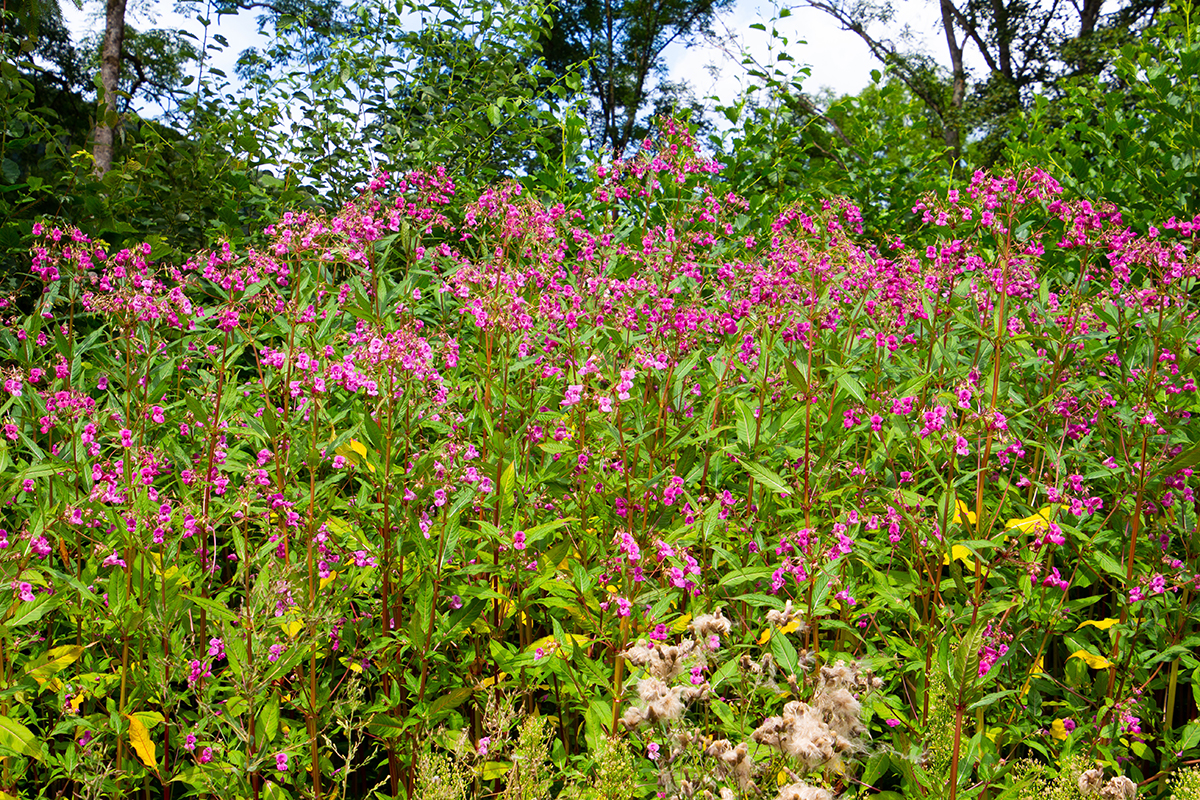
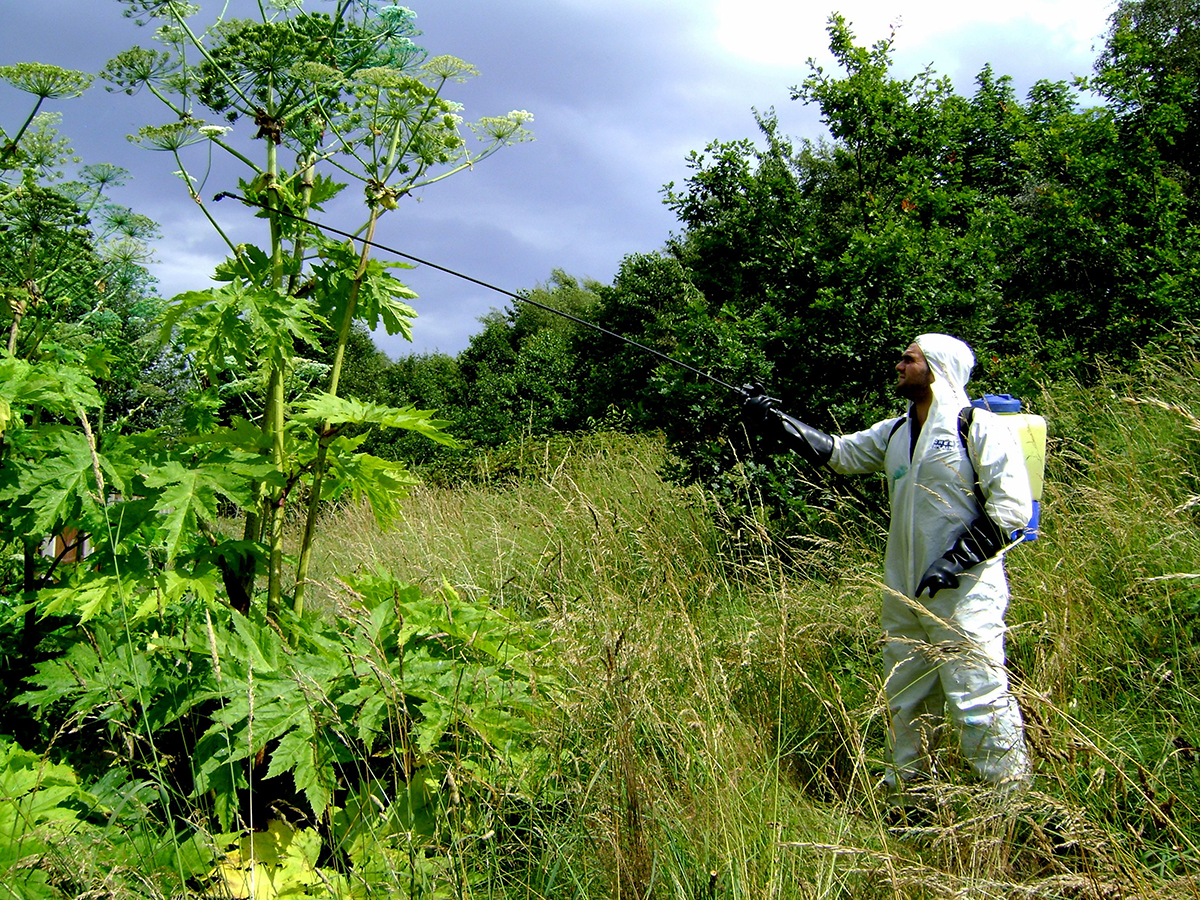
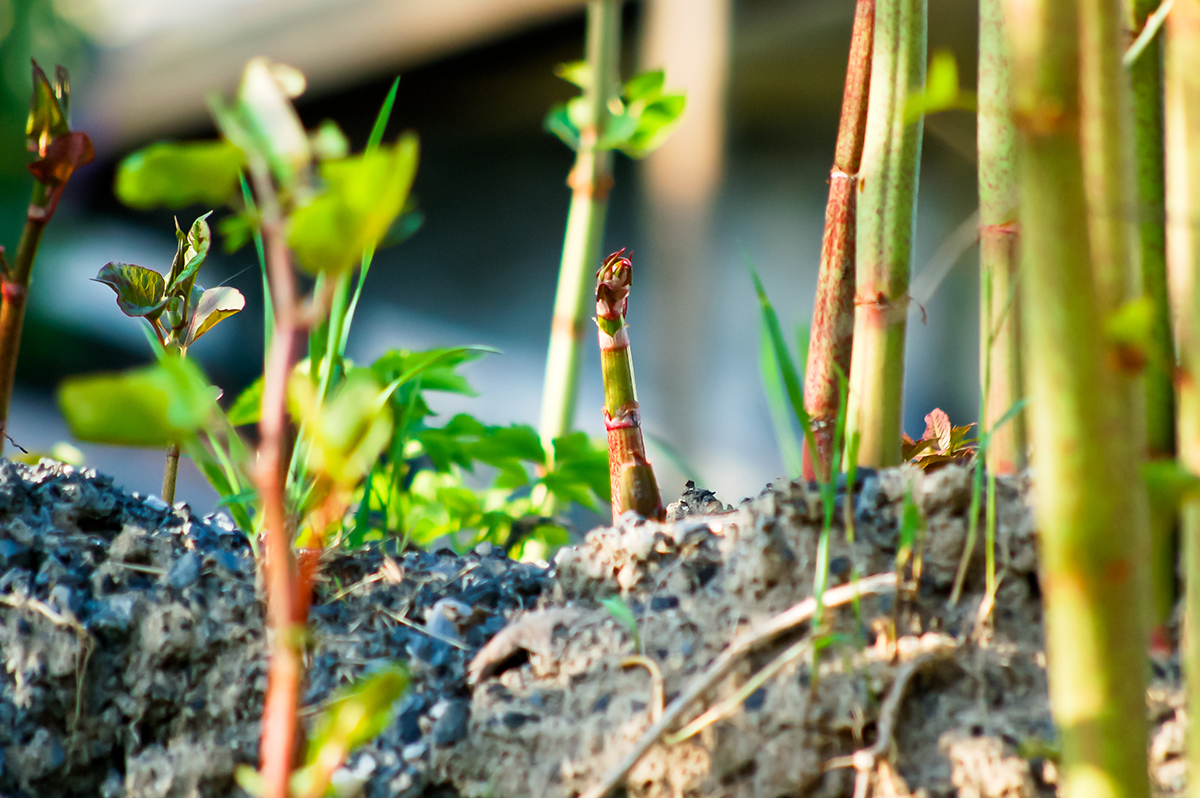
CCNW Solution
Survey
The first and without doubt the most important stage of any successful management plan is to assess the extent of the problem – CCNW’s surveyors inspected the site, recording the presence of Invasive Non-Native species (INNS) and found Japanese Knotweed,
Giant Hogweed and Himalayan Balsam were growing in abundance across the site.
A survey report, site plan and photographic record of the inspection were provided to the client.
Management Plan and Treatment
After various site and client/stakeholder meetings to discuss requirements and constraints, Wain Estates instructed CCNW to formulate and deliver a 5-year management plan to
provide professional control of the invasive species found on site.
In this case, CCNW implemented a herbicide and monitoring programme to control the spread of invasive species.
Herbicidal treatment is often the most appropriate form of remediation when there are fewer issues with time constraints and no land-use changes are planned. It can be the most cost-effective remediation strategy. The preferred methods of application for the herbicide were foliar application, and where the risk of herbicide drift onto non-target vegetation and water sources was a concern, stem injection of Japanese Knotweed.
Other methods of removal can include:
Japanese Knotweed
• Excavation and on-site bunding
• Excavation and on-site burial, often involving encapsulation or cell burial
• Excavation, haulage and off-site disposal
Himalayan Balsam
• Hand-pulling and mechanical cutting of Himalayan Balsam
Where the application of herbicide took place on or near water, CCNW applied for a licence from the Environment Agency on behalf of the client.
CCNW’s Technicians that undertook herbicide application works are NPTC PA1, PA6, and PA6AW qualified.
Note: Most often, a successful herbicide programme for Japanese Knotweed will kill parts of the rhizome and place the rest into long-term dormancy. With this comes the risk of recurrence of growth, especially if the rhizome-contaminated ground is disturbed by development works, for example.
Special Features
Sites of Biological Importance
Environment Agency Licenses
NPTC Trained Operators
Large Scale and Long Term
Services
Invasive Species Survey
Invasive Species Management Plan
Invasive Species Remediation
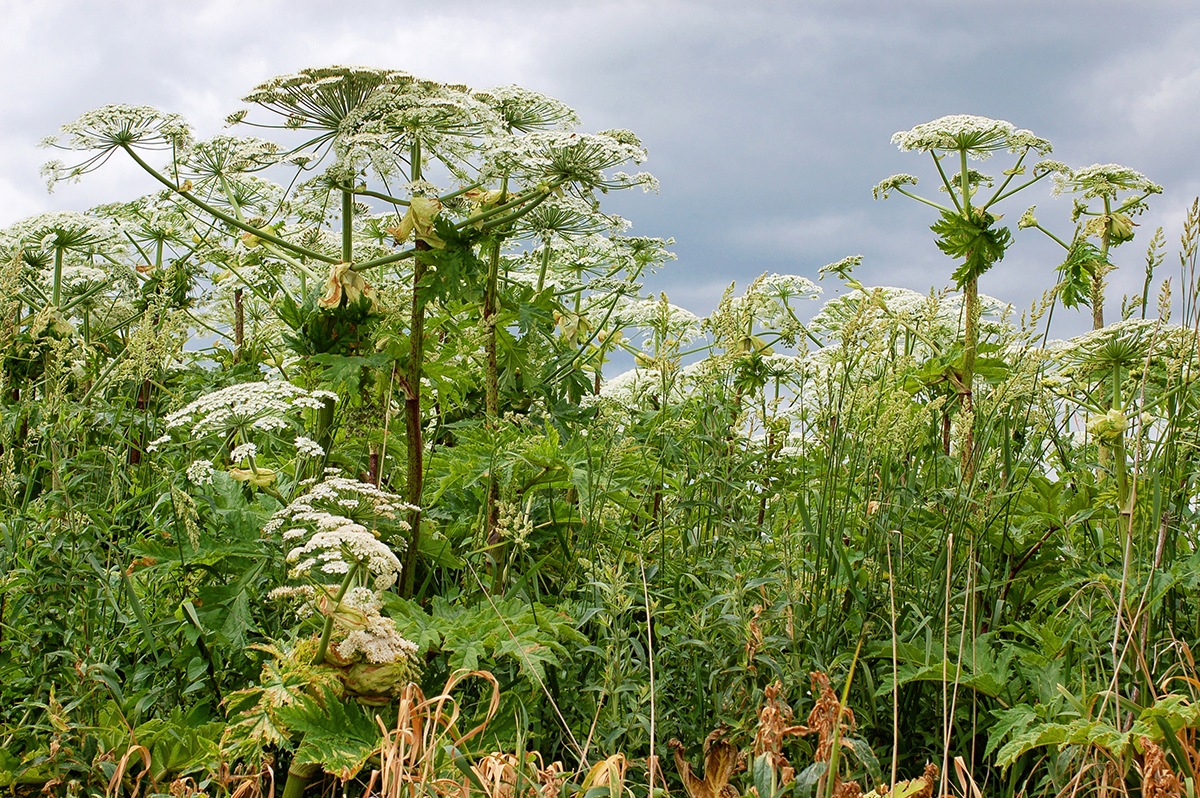
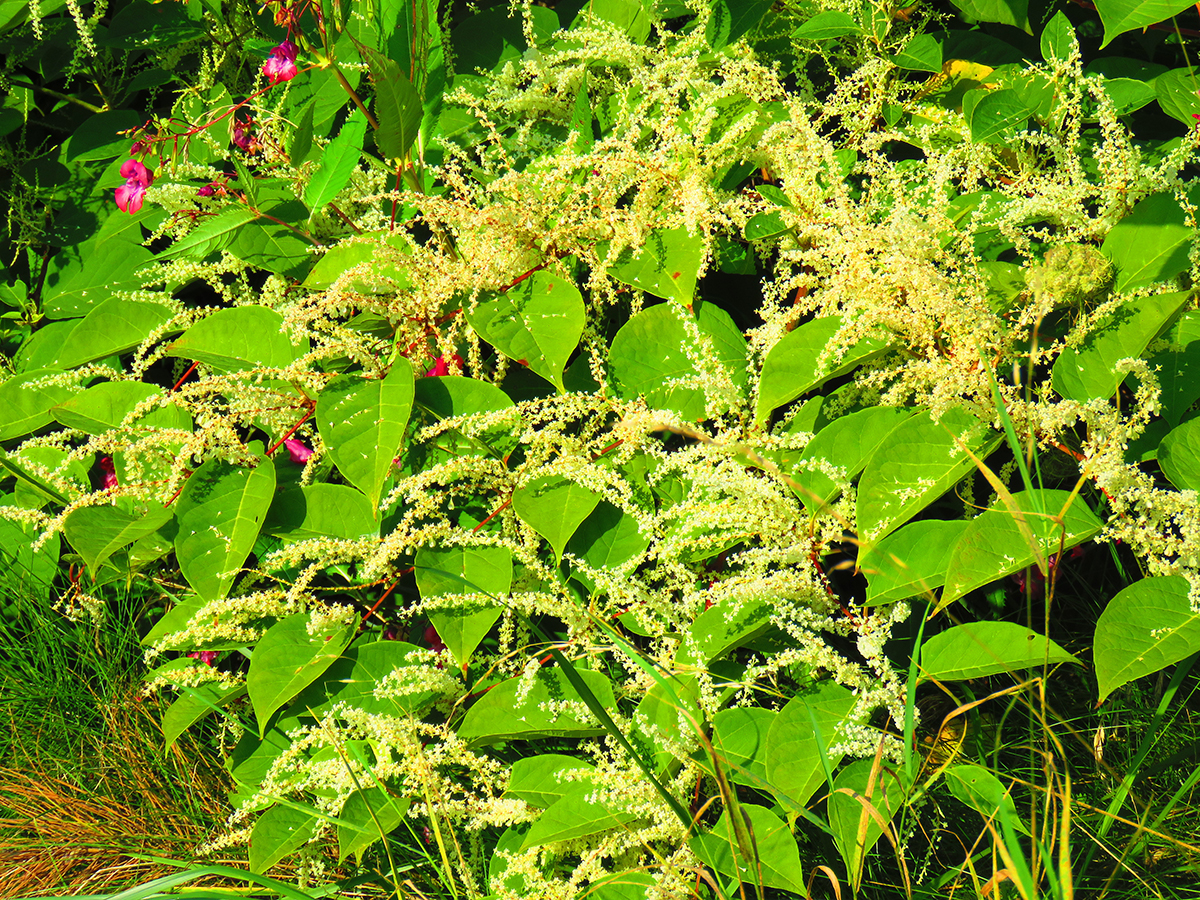

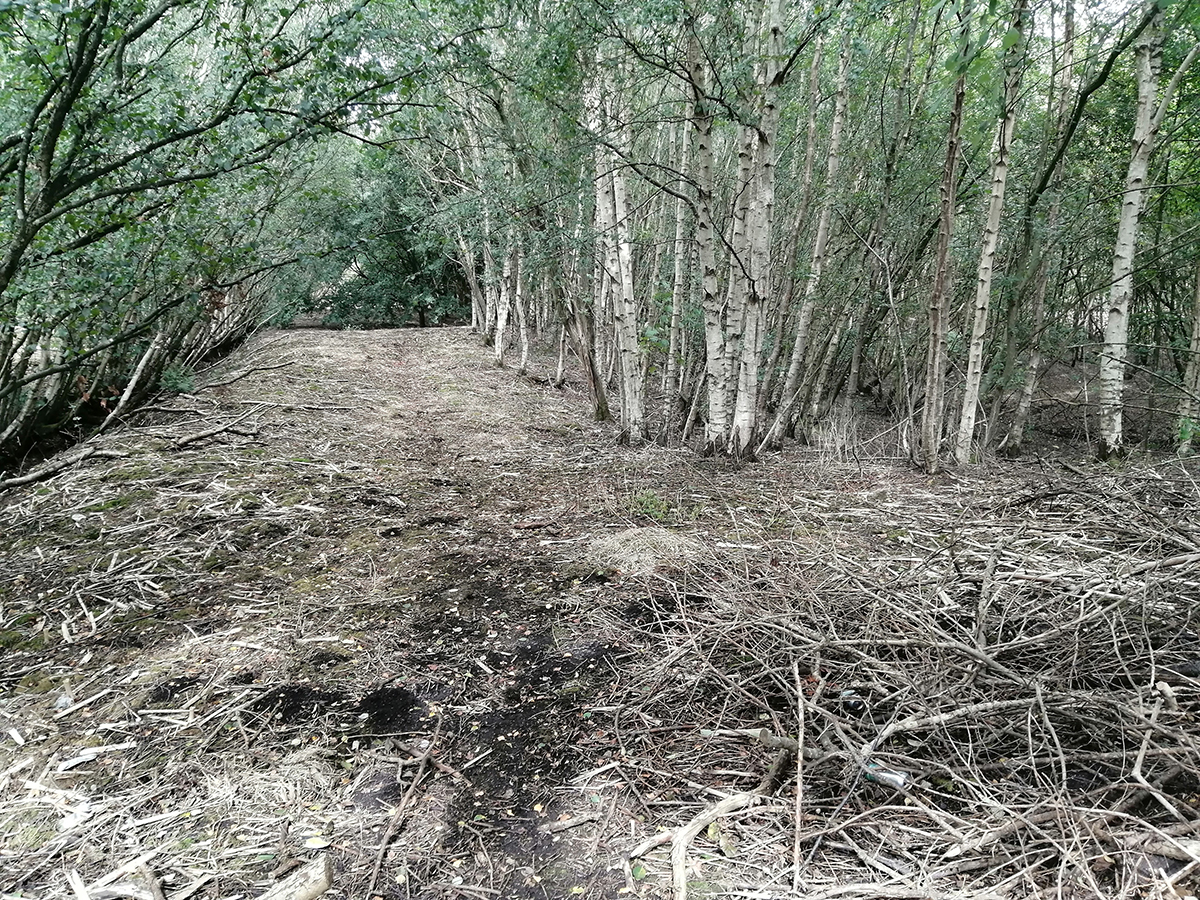
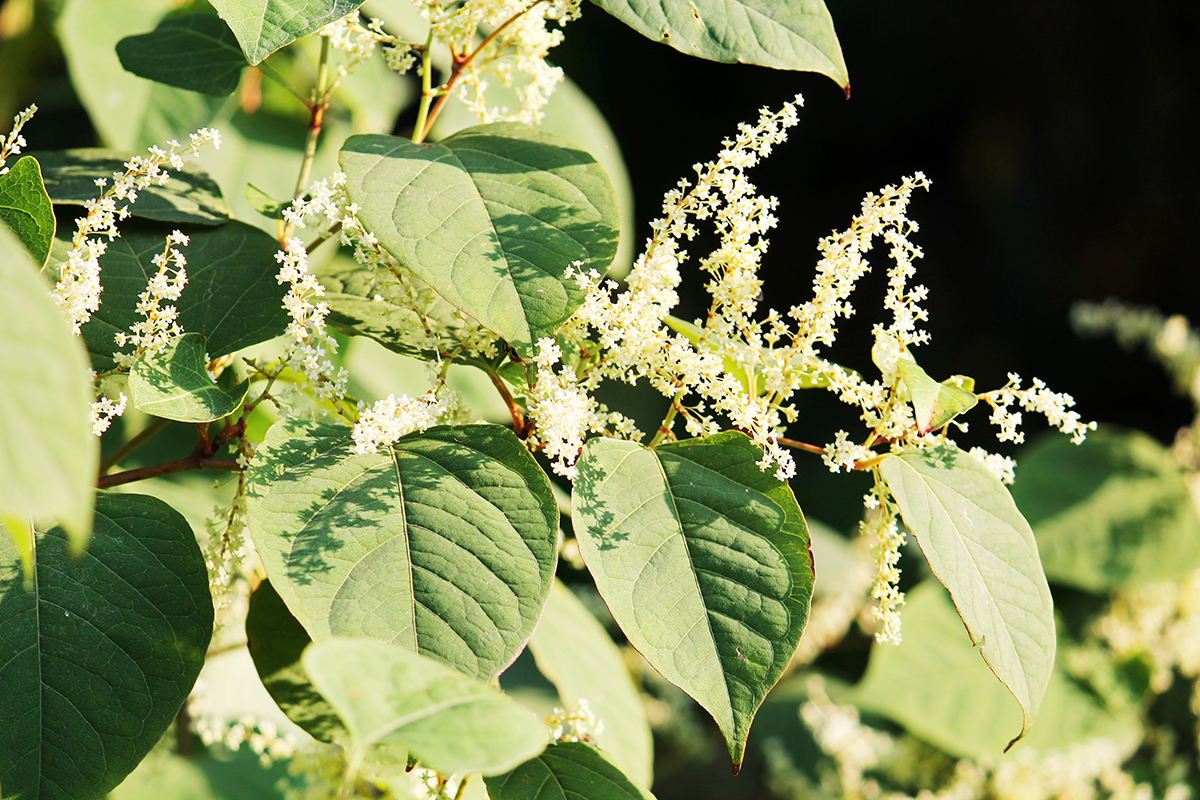
The Result
As a result of the remediation programme over 5 years, much of the invasive species on site have now been eradicated. This has made an enormous difference in terms of biodiversity with new native species revegetating land previously covered with Japanese Knotweed and Himalayan Balsam.
Certain areas due to seed bank, size, density and disturbance are subject to an ongoing monitoring and treatment schedule.
From surveys to removal, damages to legal implications, loss of biodiversity to loss amenity, Japanese knotweed and other invasives can be a nuisance.
CCNW can deliver effective remediation strategies that are suitable given budgetary and programme constraints.
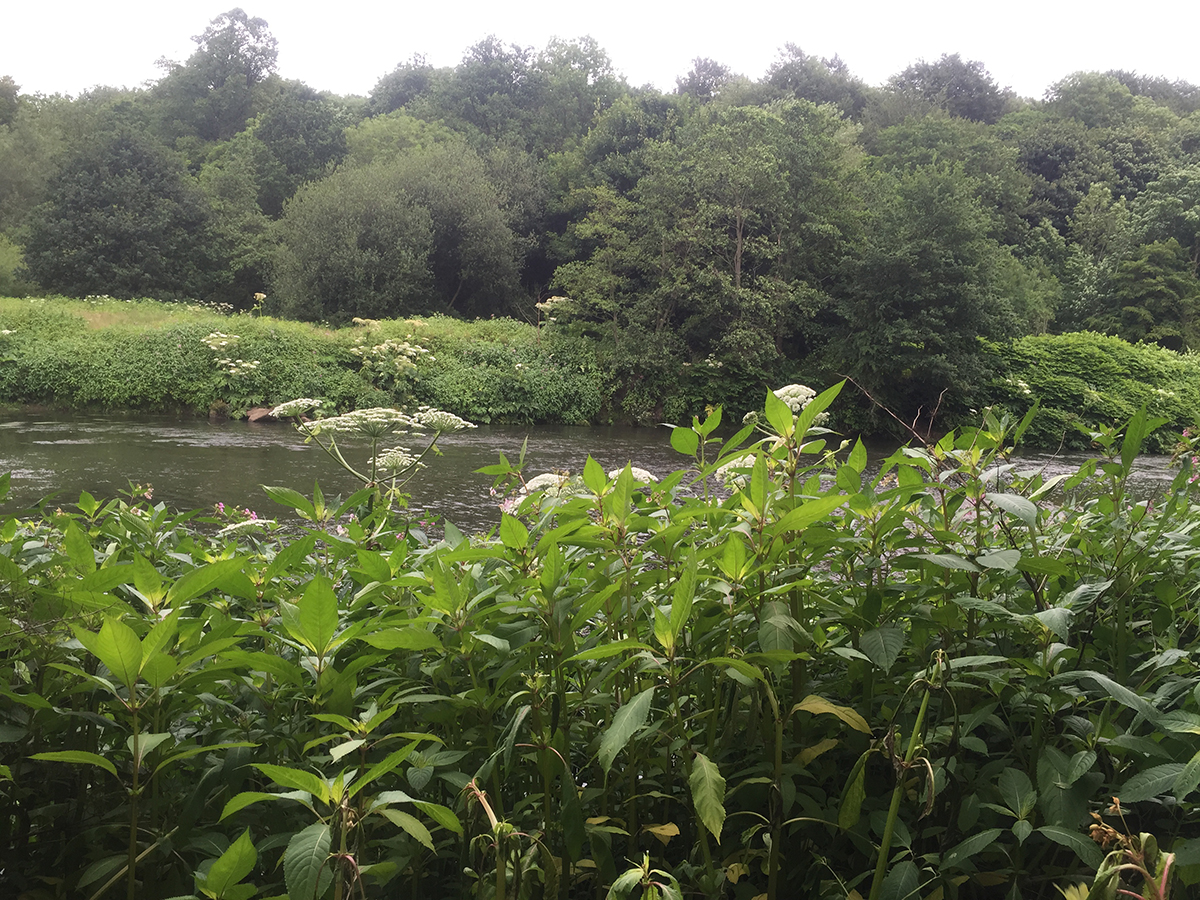
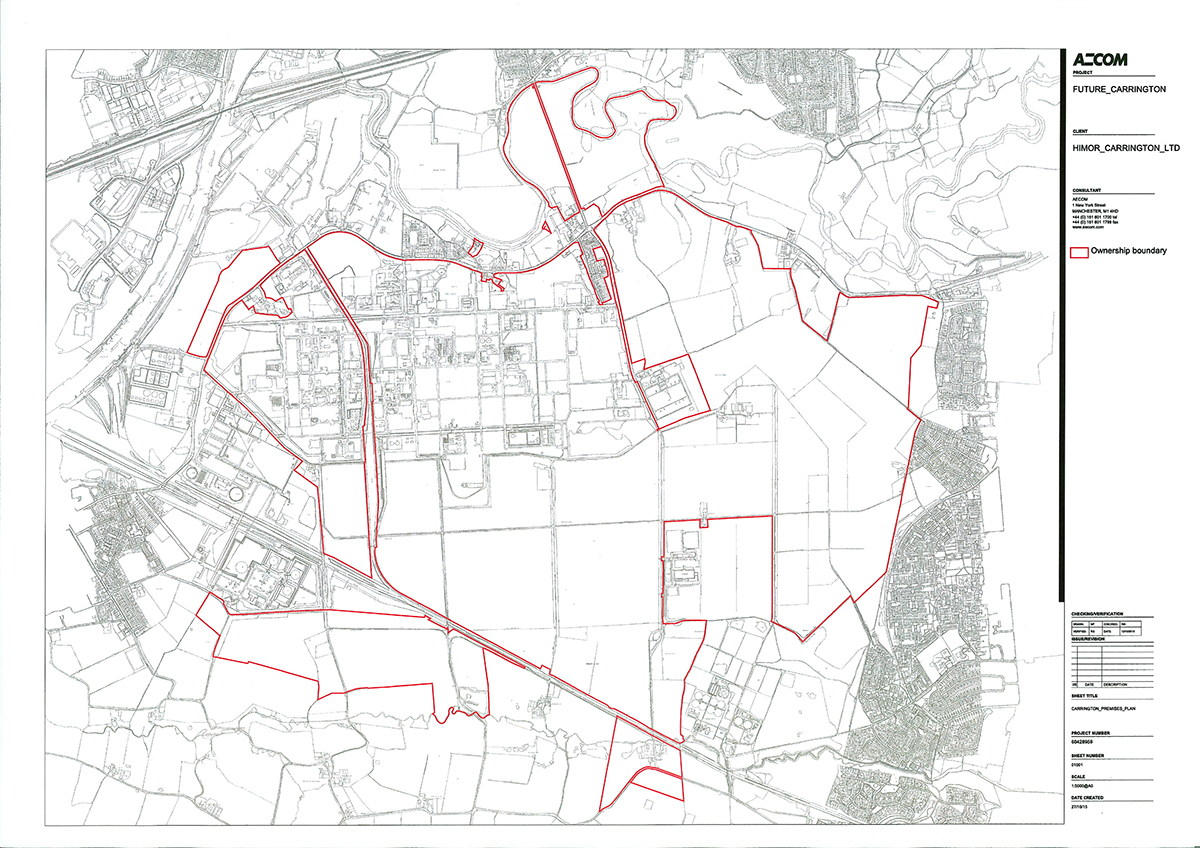
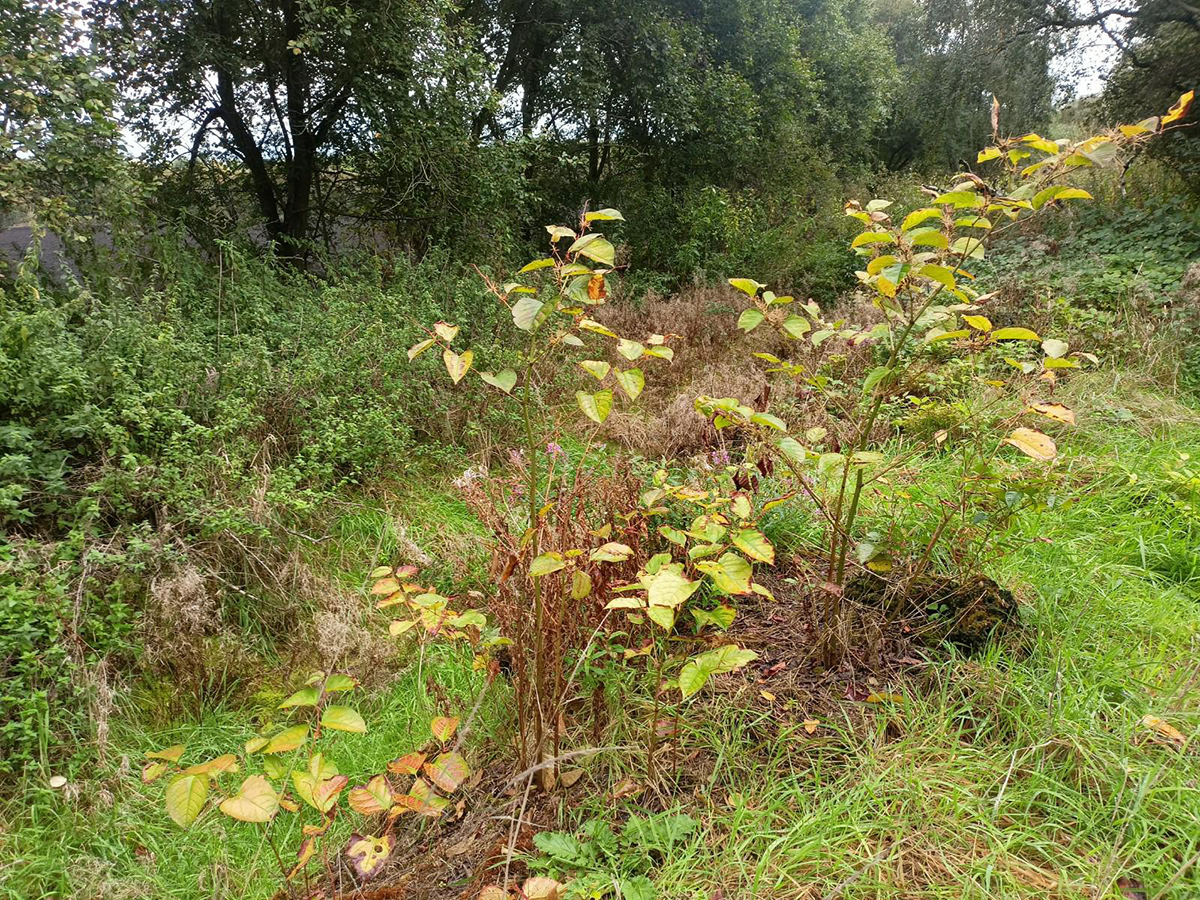
Start a conversation with us today

If you wish to sign up to our quarterly newsletter, please fill out the subscription below.
